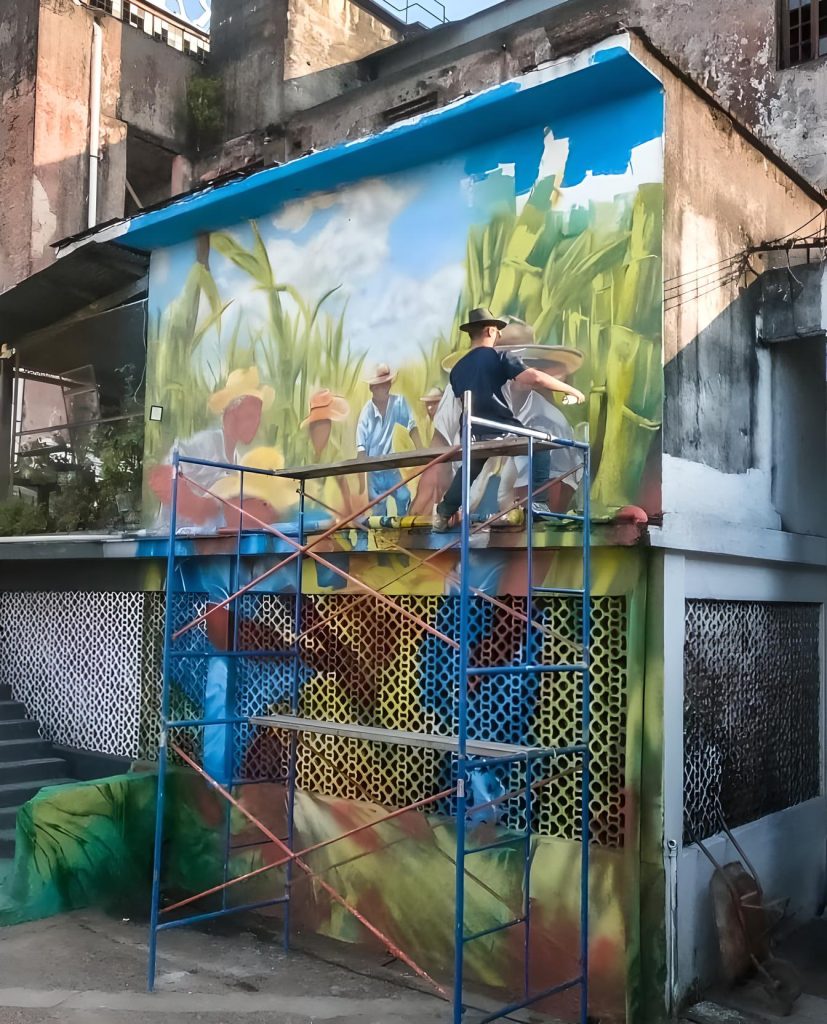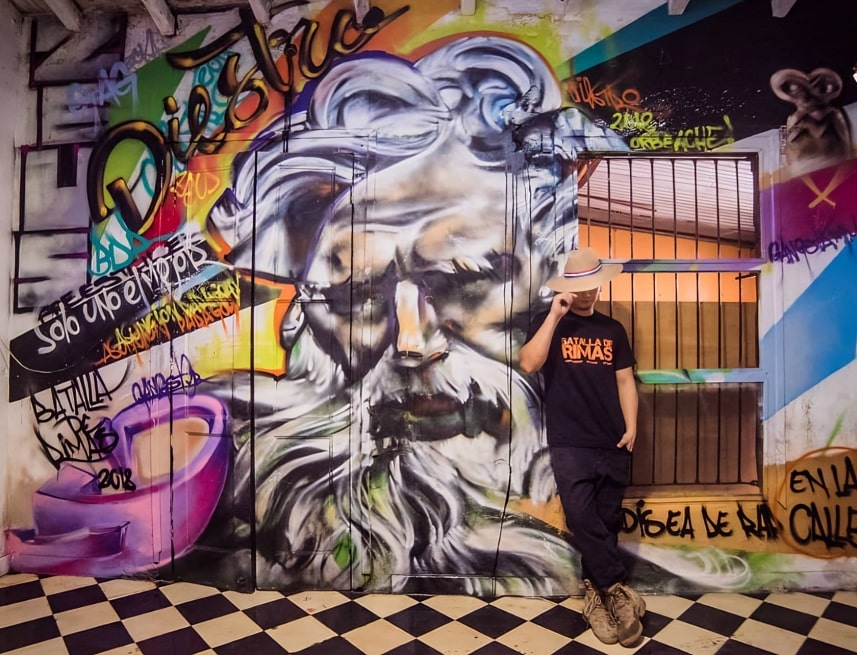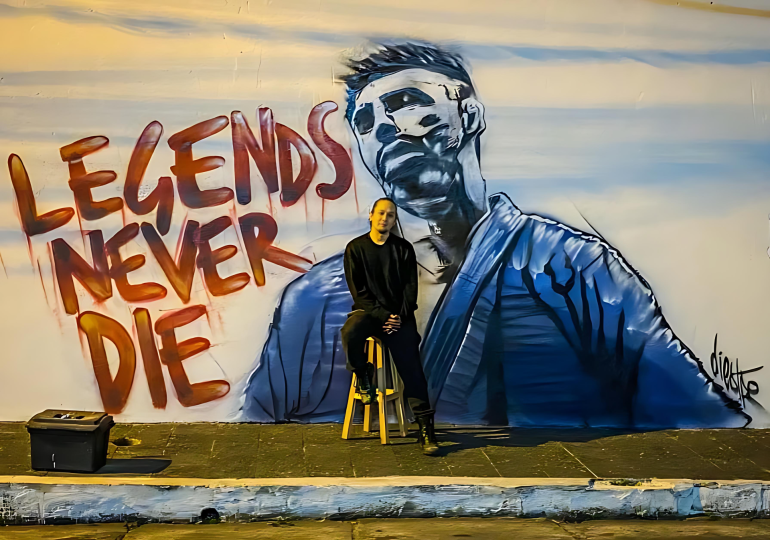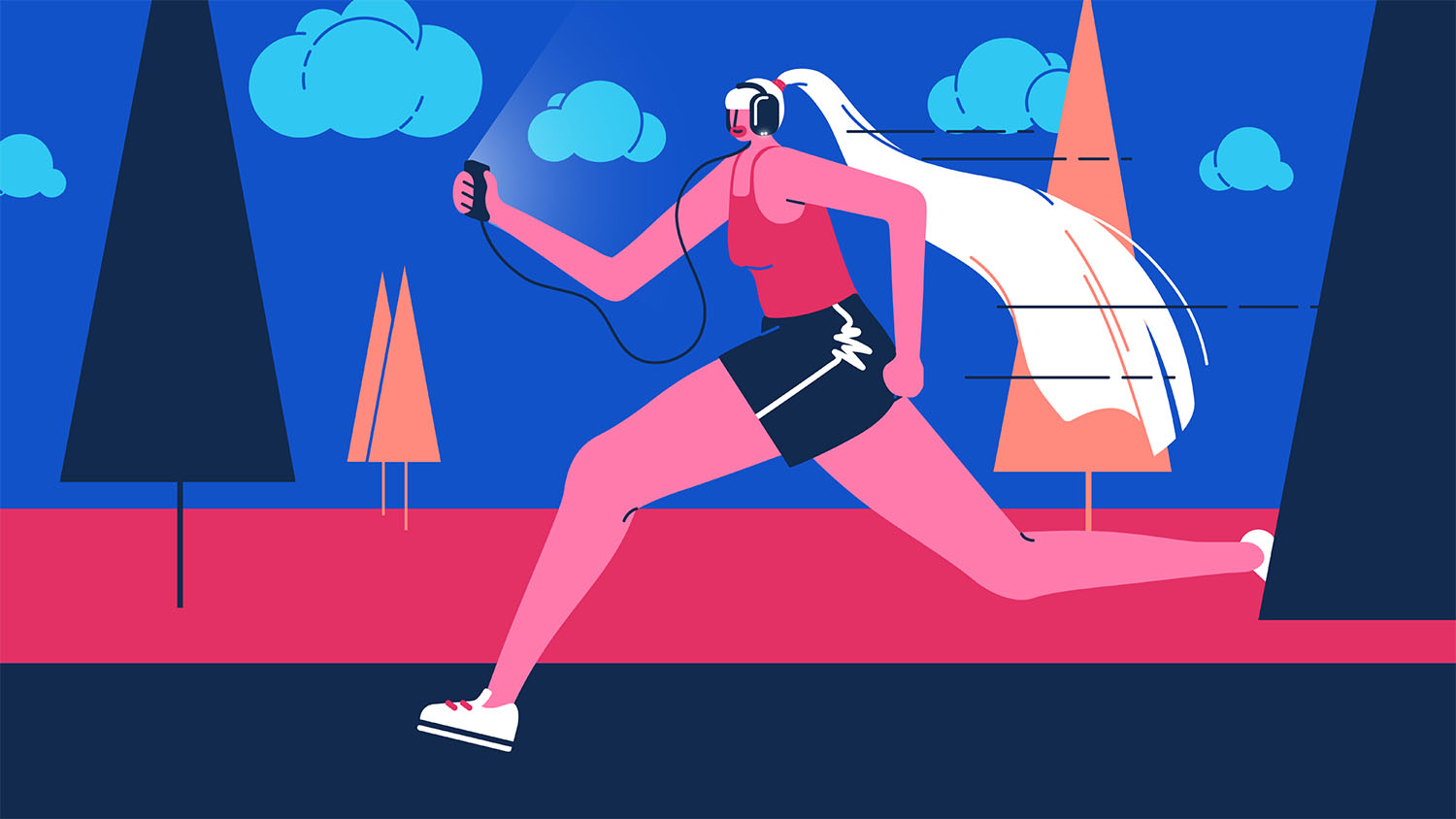In a quiet room, somewhere in Paraguay, a boy named Diestro once dipped a brush into paint and placed it boldly against his bedroom wall. He was not following instructions, and there were no adults stopping him. Instead, there was permission, the kind that few children are given.
“My family let me paint parts of my room with animated characters I loved,” says Diestro. That small gesture, that early freedom to create, was the seed of something much greater than decoration. It was the beginning of a voice. A mark. And a life in colour.
From school walls to street corners
It did not take long for Diestro´s talent to move beyond the bedroom. He became the go-to artist for pintatas, the bold, festive hand-painted banners for school events. His designs stood out, so much so that other schools began to call on him. “They asked me to replicate the style,” he says. “And I kept doing it, again and again.”
But something shifted when he learned about graffiti.
He speaks of it almost as a discovery, like unearthing an ancient artefact. “Graffiti is not just vandalism,” he explains. “It goes all the way back to hieroglyphs, to our oldest forms of human expression. In hip hop, it became one of the four pillars.”



That history spoke to him. Suddenly, the walls he had been painting were no longer just spaces; they were stories. Layers. Legacies. Diestro started painting more seriously, diving deep into the streets of his neighbourhood. At first, he did it purely for the love of it. But soon, people noticed. Commissions came in. Then contracts. And before he knew it, this hobby had turned into his daily rhythm.
A circle of paint and passion
In the beginning, Diestro painted alone. But the streets have a way of bringing artists together.
He met others who shared his passion for graffiti, for movement, for music. They began choosing weekends to paint together, sometimes travelling across the country with nothing but their cans and their ideas. It became a ritual. A calling.
They called themselves Orbe H, a circle of hip hop. Some liked to breakdance, others to rap and improve some lyrics, some focused on production. Diestro brought the graffiti. It was not an official crew with rules or logos. It was something more sacred: a chosen family bound by culture.
Today, most of that family is scattered: Spain, Argentina, beyond. A few remain in Paraguay. But the bond remains strong. “We were among the first graffiti groups in the country,” he says with pride. And they were not alone for long. Artists from Brazil and Argentina began arriving, bringing their city styles with them, expanding what graffiti could look like in Paraguay.
Diestro: dreaming of trains without rails
In cities like New York, graffiti artists dream of painting trains, art that moves, that carries their names across boroughs, neighbourhoods, lives. But Paraguay has no subway system. No trains. That did not stop him.
“I imagined my murals moving across the country,” he says. “Even if they stayed still, people would travel, pass them, remember them.” It was his way of turning walls into vehicles, names into brands, paint into presence.
And so, the artist became Diestro. Not just a painter, but a name. A signature. A symbol. He began to think about graffiti not only as expression, but as remarketing, a visual identity that stayed in people’s minds.


More than art: a lifeline
But this is not just a story of artistic ambition. It is a story of salvation. “I have seen people save themselves from ruin through graffiti,” he says quietly. “People whose environments gave them nothing but trouble, yet through art, they became someone. They are now national figures. And they still are.”
Graffiti gave them focus. Structure. Community. It opened doors. Made them visible. “Graffiti teaches dedication. It connects people, it creates cultural exchange, it opens you up to the world.” And perhaps most importantly, it cannot be taught in a classroom. “You learn it by doing. With your hands. In the street. That is where the magic happens.”
The future speaks in layers of paint
Today, Diestro’s work can be found across Paraguay, on walls, in festivals, in commissioned pieces that blend realism with rebellion. He is no longer the boy painting cartoons in his bedroom. He is a storyteller with spray cans. A chronicler of the streets.
But even as his career grows, his purpose remains grounded. He paints to express. To preserve. To connect. And through every line, every layer, every stroke, he invites others to do the same. Because sometimes, the difference between silence and voice, between chaos and clarity, is simply this: someone, somewhere, once said, “Yes. Go ahead. Paint the wall.”
Want to see more of his art? Follow Diestro on Instagram. Want to keep reading? Find the story of another Paraguayan artist: Waly Torres: The Soul Of A Paraguayan Street Artist


